Male Reproductive System
The
male reproductive system is illustrated to the right. Sperm are produced in the
testes located in the scrotum. Normal body temperature is too hot thus is
lethal to sperm so the testes are outside of the abdominal cavity where the
temperature is about 2° C (3.6° F) lower. Note also that a woman’s body
temperature is lowest around the time of ovulation to help insure sperm live
longer to reach the egg. If a man takes too many long, very hot baths, this can
reduce his sperm count. Undescended testes (testes are supposed to descend
before birth) will cause sterility because their environment is too warm for
sperm viability unless the problem can be surgically corrected. (Undescended
testes are also very prone to developing cancer, thus if they cannot be
surgically moved, they probably will need to be removed.)
From
there, sperm are transferred to the epididymis, coiled tubules also found
within the scrotum, that store sperm and are the site of their final maturation.
In
ejaculation, sperm are forced up into the vas deferens (plural = vasa
deferentia). From the epididymis, the vas deferens goes up, around the front
of, over the top of, and behind the bladder. A vasectomy is a fairly simple,
outpatient operation that involves making a small slit in each scrotum, cutting
the vasa deferentia near where they begin, and tying off the cut ends to
prevent sperm from leaving the scrotum. Because this is a relatively
non-invasive procedure (as compared to doing the same to a woman’s oviducts),
this is a popular method of permanent birth control once a couple has had all
the children they desire. Couples should carefully weigh their options, because
this (and the corresponding female procedure) is not designed to be a reversible
operation.
The
ends of the vasa deferentia, behind and slightly under the bladder, are called
the ejaculatory ducts. The seminal vesicles are also located behind the
bladder. Their secretions are about 60% of the total volume of the semen (=
sperm and associated fluid) and contain mucus, amino acids, fructose as the
main energy source for the sperm, and prostaglandins to stimulate female
uterine contractions to move the semen up into the uterus. The seminal vesicles
empty into the ejaculatory ducts. The ejaculatory ducts then empty into the
urethra (which, in males, also empties the urinary bladder).
The
initial segment of the urethra is surrounded by the prostate gland (note
spelling!). The prostate is the largest of the accessory glands and puts its
secretions directly into the urethra. These secretions are alkaline to buffer
any residual urine, which tends to be acidic, and the acidity of the woman’s
vagina. The prostate needs a lot of zinc to function properly, and insufficient
dietary zinc (as well as other causes) can lead to enlargement which
potentially can constrict the urethra to the point of interferring with
urination. Mild cases of prostate hypertrophy can often be treated by adding
supplemental zinc to the man’s diet, but severe cases require surgical removal
of portions of the prostate. This surgery, if not done very carefully can lead
to problems with urinary incontinence or sexual performance.
The
bulbourethral glands or Cowper’s glands are the third of the accessory
structures. These are a small pair of glands along the urethra below the
prostate. Their fluid is secreted just before emission of the semen, thus it is
thought that this fluid may serve as a lubricant for inserting the penis into
the vagina, but because the volume of these secretions is very small, people
are not totally sure of this function.
The
urethra goes through the penis. In humans, the penis contains three cylinders
of spongy, erectile tissue. During arousal, these become filled with blood from
the arteries that supply them and the pressure seals off the veins that drain
these areas causing an erection, which is necessary for insertion of the penis
into the woman’s vagina. In a number of other animals, the penis also has a
bone, the baculum, which helps to stiffen it. The head of the penis, the glans
penis, is very sensitive to stimulation. In humans, as in other mammals, the
glans is covered by the foreskin or prepuce, which may have been removed by
circumcision. Medically, circumcision is not a necessity, but rather a cultural
“tradition”. Males who have not been circumcised need to keep the area between
the glans and the prepuce clean so bacteria and/or yeasts don’t start to grow
on accumulated secretions, etc. there. There is some evidence that
uncircumcised males who do not keep the glans/prepuce area clean are slightly
more prone to penile cancer.
Female Reproductive System

The
female reproductive system is illustrated to the right. “Eggs” are produced in
the ovaries, but remember from our discussion of meiosis, that these are not
true eggs, yet, and will never complete meiosis and become such unless/until
first fertilized by a sperm. Within the ovary, a follicle consists of one
precursor egg cell surrounded by special cells to nourish and protect it. A
human female typically has about 400,000 follicles/potential eggs, all formed
before birth. Only several hundred of these “eggs” will actually ever be
released during her reproductive years. (As just an example, if a woman would
ovulate from age 15 to age 55, which is a long time, that’s 40 years. If we’d
assume 13 28-day cycles per year, that would be 40 × 13 = 520 potential times
an “egg” could be released.) Normally, in humans, after the onset of puberty,
due to the stimulation of follicle-stimulating hormone (FSH) one “egg” per
cycle matures and is released from its ovary. Ovulation is the release of a
mature “egg” due to the stimulation of leutenizing hormone (LH), which then
stimulates the remaining follicle cells to turn into a corpus luteum which then
secretes progesterone to prepare the uterus for possible implantation. If an
egg is not fertilized and does not implant, the corpus luteum disintegrates and
when it stops producing progesterone, the lining of the uterus breaks down and
is shed.
Each
“egg” is released into the abdominal cavity near the opening of one of the
oviducts or Fallopian tubes. Cilia in the oviduct set up currents that draw the
egg in. If sperm are present in the oviduct (if the couple has recently had
intercourse), the egg will be fertilized near the far end of the Fallopian
tube, will quickly finish meiosis, and the embryo will start to divide and grow
as it travels to the uterus. The trip down the Fallopian tube takes about a
week as the cilia in the tube propel the unfertilized “egg” or the embryo down
to the uterus. At this point, if she had intercourse near the time of
ovulation, the woman has no idea whether an unfertilized “egg” or a new baby is
travelling down that tube. During this time, progesterone secreted by the
corpus luteum has been stimulating the endometrium, the lining of the uterus,
to thicken in preparation for possible implantation, and when a growing embryo
finally reaches the uterus, it will implant in this nutritious environment and
begin to secrete its own hormones to maintain the endometrium. If the “egg” was
not fertilized, it dies and disintegrates, and as the corpus luteum also
disintegrates, its progesterone production falls, and the unneeded, built-up
endometrium is shed.
The
uterus has thick, muscular walls and is very small. In a nulliparous woman, the
uterus is only about 7 cm long by 4 to 5 cm wide, but it can expand to hold a 4
kg baby. The lining of the uterus is called the endometrium, and has a rich
capillary supply to bring food to any embryo that might implant there.
The
bottom end of the uterus is called the cervix. The cervix secretes mucus, the
consistency of which varies with the stages in her menstrual cycle. At
ovulation, this cervical mucus is clear, runny, and conducive to sperm.
Post-ovulation, the mucus gets thick and pasty to block sperm. Enough of this
mucus is produced that it is possible for a woman to touch a finger to the
opening of her vagina and obtain some of it. If she does this on a daily basis,
she can use the information thus gained, along with daily temperature records,
to tell where in her cycle she is. If a woman becomes pregnant, the cervical
mucus forms a plug to seal off the uterus and protect the developing baby, and
any medical procedure which involves removal of that plug carries the risk of
introducing pathogens into the nearly-sterile uterine environment.
The
vagina is a relatively-thin-walled chamber. It servs as a repository for sperm
(it is where the penis is inserted), and also serves as the birth canal. Note
that, unlike the male, the female has separate opening for the urinary tract
and reproductive system. These openings are covered externally by two sets of
skin folds. The thinner, inner folds are the labia minora and the thicker,
outer ones are the labia majora. The labia minora contain erectile tissue like
that in the penis, thus change shape when the woman is sexually aroused. The
opening around the genital area is called the vestibule. There is a membrane
called the hymen that partially covers the opening of the vagina. This is torn
by the woman’s first sexual intercourse (or sometimes other causes like injury
or some kinds of vigorous physical activity). In women, the openings of the
vagina and urethra are susceptible to bacterial infections if fecal bacteria
are wiped towards them. Thus, while parents who are toilet-training a toddler
usually wipe her from back to front, thus “imprinting” that sensation as
feeling “right” to her, it is important, rather, that that little girls be
taught to wipe themselves from the front to the back to help prevent vaginal
and bladder infections. Older girls and women who were taught the wrong way
need to make a conscious effort to change their habits.
At
the anterior end of the labia, under the pubic bone, is the clitoris, the
female equivalent of the penis. This small structure contains erectile tissue
and many nerve endings in a sensitive glans within a prepuce which totally
encloses the glans. This is the most sensitive point for female sexual
stimulation, so sensitive that vigorous, direct stimulation does not feel good.
It is better for the man to gently stimulate near the clitoris rather than
right on it. Some cultures do a procedure, similar to circumcision, as a
puberty rite in teenage girls in which the prepuce is cut, exposing the
extremely-sensitive clitoris. There are some interesting speculations on the
cultural significance of this because the sensitivity of the exposed clitoris
would probably make having sexual intercourse a much less pleasant experience
for these women.




 2:46 AM
2:46 AM
 Unknown
Unknown


 2:40 AM
2:40 AM
 Unknown
Unknown
 Animals’ reproductive
systems can be divided into the internal reproductive organs and the external
genitalia. The gonads are the actual organs that produce the gametes. In the
male, testes (singular = testis) produce sperm, and in the female, ovaries make
eggs.
Animals’ reproductive
systems can be divided into the internal reproductive organs and the external
genitalia. The gonads are the actual organs that produce the gametes. In the
male, testes (singular = testis) produce sperm, and in the female, ovaries make
eggs. In sexual reproduction,
there must be some way of getting the sperm to the egg. Since sperm and eggs
are designed to be in a watery environment, aquatic animals can make use of the
water in which they live, but terrestrial animals must, in some way, provide
the wet environment needed for the sperm to swim to the egg. There are, thus,
two major mechanisms of fertilization. In external fertilization, used by many
aquatic invertebrates, eggs and sperm are simultaneously shed into the water,
and the sperm swim through the water to fertilze the egg. In internal
fertilization, the eggs are fertilized within the reproductive tract of the
female, and then are covered with eggshells and/or remain within the body of
the female during their development.
In sexual reproduction,
there must be some way of getting the sperm to the egg. Since sperm and eggs
are designed to be in a watery environment, aquatic animals can make use of the
water in which they live, but terrestrial animals must, in some way, provide
the wet environment needed for the sperm to swim to the egg. There are, thus,
two major mechanisms of fertilization. In external fertilization, used by many
aquatic invertebrates, eggs and sperm are simultaneously shed into the water,
and the sperm swim through the water to fertilze the egg. In internal
fertilization, the eggs are fertilized within the reproductive tract of the
female, and then are covered with eggshells and/or remain within the body of
the female during their development.


 2:17 AM
2:17 AM
 Unknown
Unknown
 1:53 AM
1:53 AM
 Unknown
Unknown
 11:44 PM
11:44 PM
 Unknown
Unknown
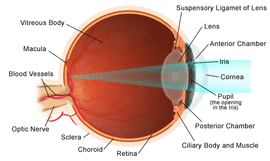
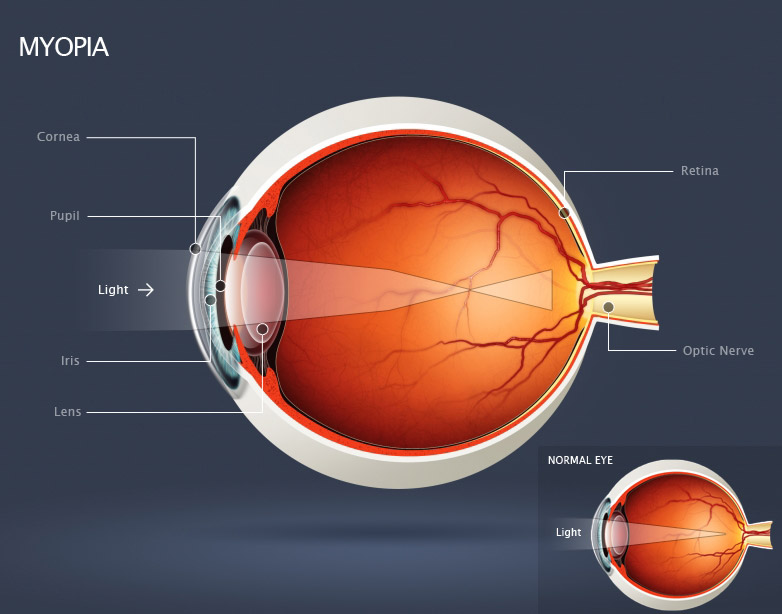
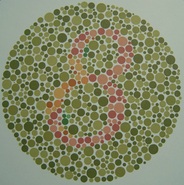
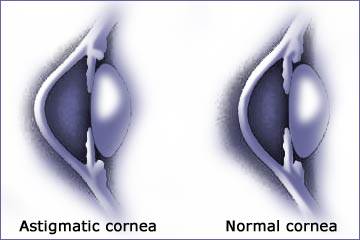
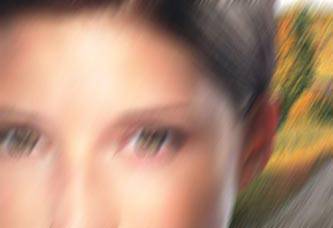

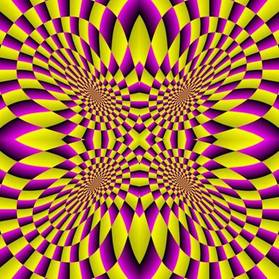
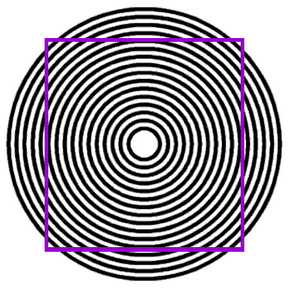
 11:43 PM
11:43 PM
 Unknown
Unknown
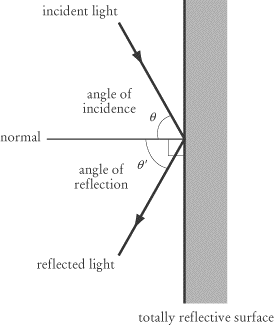

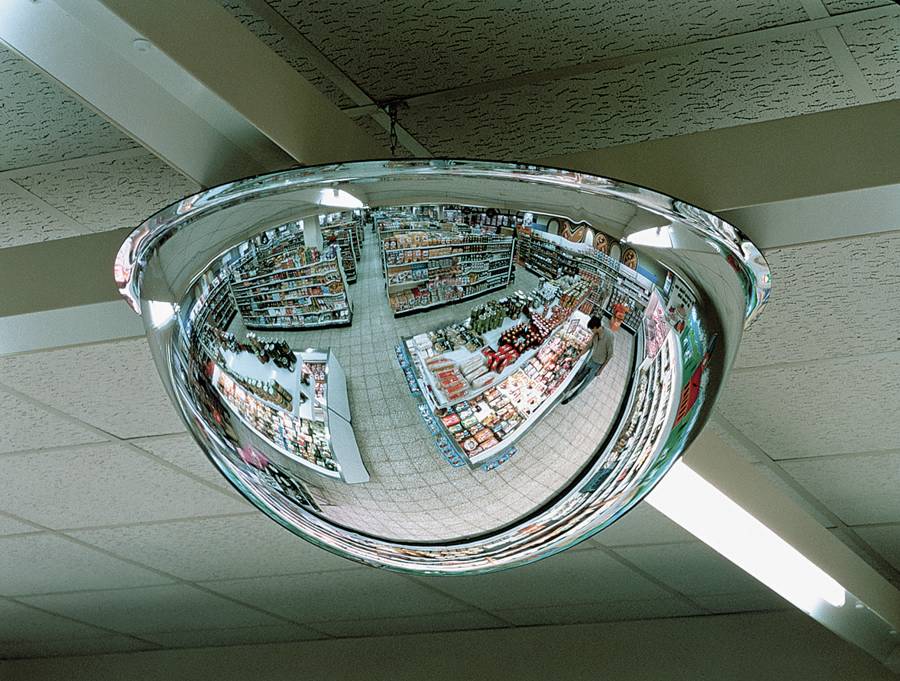

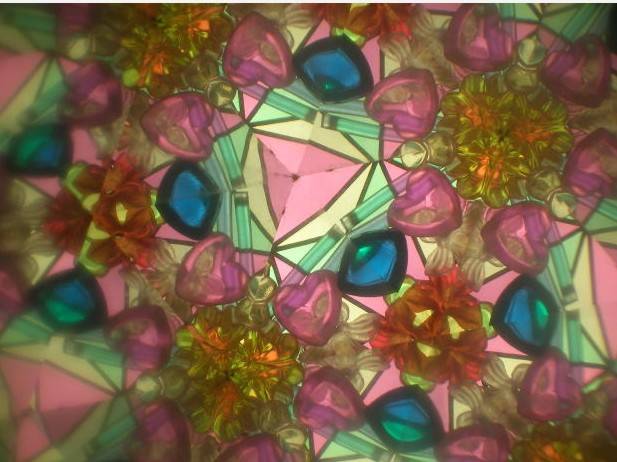
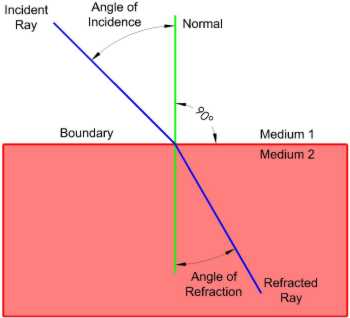
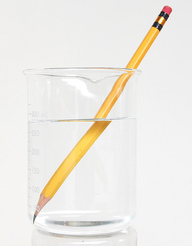
 8:38 PM
8:38 PM
 Unknown
Unknown





 6:52 PM
6:52 PM
 Unknown
Unknown
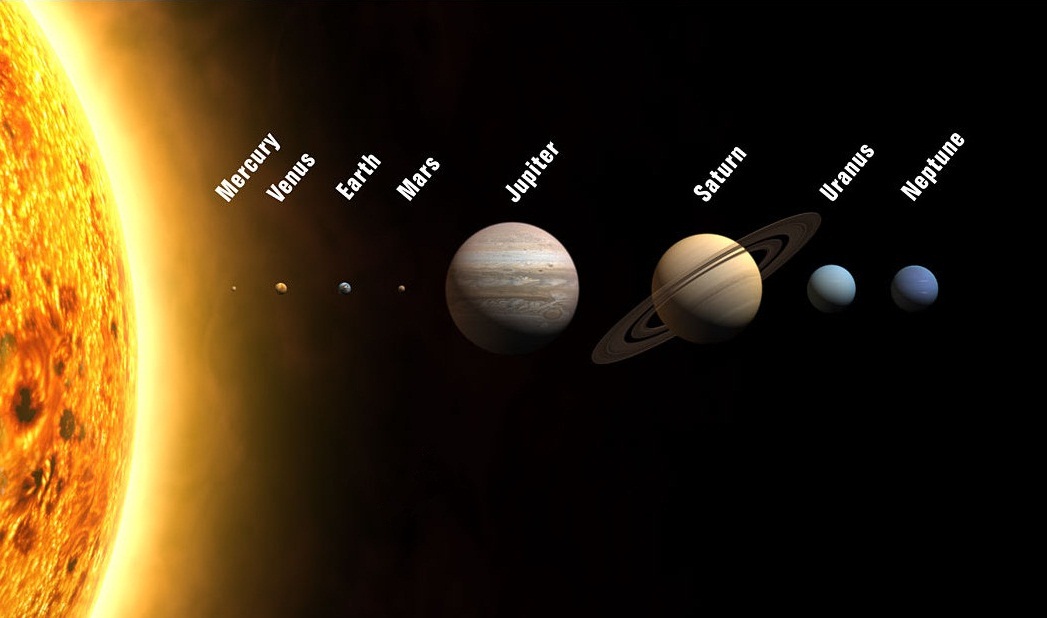

 RSS Feed
RSS Feed Twitter
Twitter